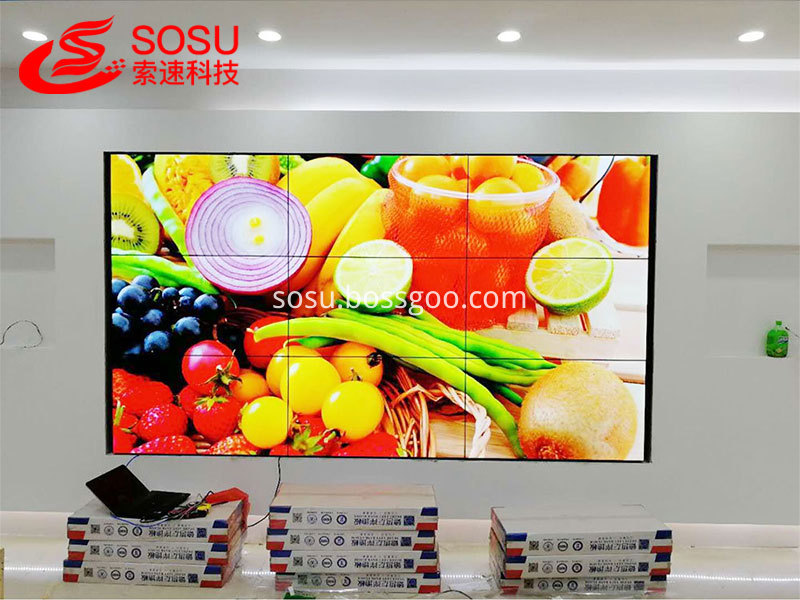Color paintings, pictures, oil paintings, and gouache paintings are used to represent objects and spaces with color changes. The principle of using screen printing to reproduce colored originals on fabrics is based on visual theory. According to the principle of color separation, an electronic color separation machine is used to decompose color originals with complex tonal changes into yellow, magenta and cyan three-color single-color halftone dots, and a color separation positive image is made into a silk printing plate by photolithography. The yellow, magenta, and blue primary colors are then used to print the monochromatic images together, and the color originals are reproduced on the printed fabric.
1. Positioning device. The error of the color halftone printing printing is allowed to be within 1mm. To make the overlay accurate, the cooperation of the positioning device is crucial. The color image of the screen printed on the paper is positioned by a crosshair. In the halftone color printing of the fabric, one positioning method is to position the various screen plates by the positioner of the plate and the ink pad, and the other method is manual. For the printing of small area images, the position determination method is used. The use of mechanical and manual printing and locator overprinting accuracy, high production efficiency, positioning screws in the positioning hole with the gap should not exceed 0.1mm.
Textile screen printing stations are equipped with different forms of positioners to ensure accurate positioning. There are two types of screen printing in textiles: one is the fixed moving cloth, which is mostly used for manual printing; the other is that the moving version is not used, and it is mostly used for printing on flat screen machines. There is no fixed pattern depending on the specific situation. At present, the position of the printing platen is generally inserted.
2. Printing essentials. During the printing process, there are many factors that need to be adjusted or controlled, whether it is mechanical or manual. Especially for manual operations, various factors must be adjusted by people. The essentials for screen printing on fabrics are: ideological focus, squeegee pushing force should be uniform, angle should be consistent, belt should be balanced, and pulp should be clean. In the operation process, it is necessary to perform side operations, side inspections, and mutual inspections so as to achieve accurate overprinting, uniform thickness, and consistent depth and depth. The principle of printing plate arrangement order is first deep and shallow, first thin and thick.
The hardness of the squeegee and the table top has a great influence on the screen printing. The dot printing needs a high degree of clarity, the non-textile surface is smooth, the texture is crisp, it is not easy to be deformed, and the dot resolution is guaranteed. The textile has both moisture absorption, the surface is not smooth, and there are fabric holes. It is important to know how to print clearly and squeegee.
The effect of color quantity on mesh color printing is various. In textile color block screen printing, the amount of color only affects the depth of the printing tone, and the effect on the dot color printing is much greater, because the color of the dot printing pattern is achieved by overlapping and juxtaposition of dots, if a color If the pulp layer is slightly out of sight, it will immediately be reflected in the performance of the tone. Therefore, it is necessary to closely control and grasp the consistency of the amount of color (supply).
The distance between the printing plate and the printing material has little effect on the quality of the finished product in the textile color yarn, but it is very important in the dot color printing. This should cause the operator's attention.
The splicing screen is a complete finished product, that is, ready to use, the installation is as simple as building blocks, and the splicing and installation of single or multiple LCD screens is very simple. The edge of the splicing screen is only 9mm wide. The surface of the splicing screen also has a tempered glass protective layer, a built-in intelligent temperature control alarm circuit and a unique "fast dispersing" heat dissipation system.
The splicing screen has everything, not only adapts to the digital signal input, but also supports the analog signal. In addition, the splicing screen has many signal interfaces, and the splicing screen technology is used to realize the simultaneous access of the analog signal and the digital signal. Recently, a BSV splicing screen technology is also used. 3D smart effects can be achieved. The splicing screen series products use the unique and world's most advanced digital processing technology, allowing users to truly experience full HD large screen effects.

Lcd video wall,3*3 video wall, 3.5 mm video wall, 55 inch lg video wall
Guangzhou Sosu Electronic Technology Co., Ltd. , https://www.sosuchina.com